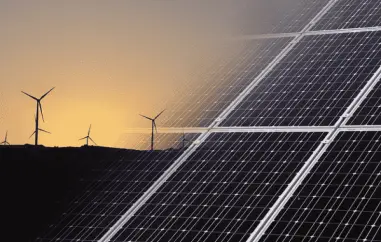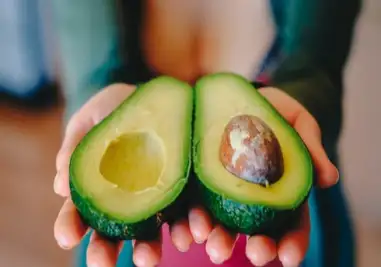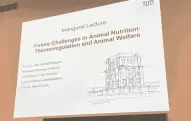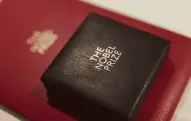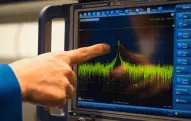Scientists Explain Why Snails Have A Twisted Shell
Molecules called morphogens control the shapes of organisms. One morphogen, Dpp, makes most snail shells coil to the right as described in a recent report in the journal EvoDevo. Snails belong to the taxonomic class Gastropoda, the most diverse group of molluscs, originating during the Cambrian period about 500 million years ago. Some gastropods, like snails, have coiled shells while others, like limpets, do not. The uneven distribution of the morphogenic (or shape-determining) protein Dpp is the explanation.
Dpp, the gene carrying the info for making the Dpp protein, (christened Decapentaplegic for the 15 things that organisms would be missing without it), is essential to proper limb, wing and organ formation in flies. When K. Shimizu and the research team of the Department of Earth and Planetary Science of the University of Tokyo compared the limpet Dpp pattern with that of the pond snail, the limpet's pattern was symmetrical, whereas the pond snail's was asymmetrical, or lopsided. The latter, lopsided Dpp pattern is responsible for the coiling of the snail's shell.
A Simple Twist of Fate
Shimizu's research compared Dpp expression levels in tissues from several developmental stages of mutant, left-coiling snails with those of tissues from normal, right-coiling snails of the same species. Left-coiling-snail dpp was expressed in the left half of the shell gland (a structure involved in early shell formation) mirroring the right-coiling-snail, which expressed dpp in the right half of the shell gland. Long story short: dpp expression in the snail matched the shell's shape.
Organisms are made out of cells; organisms grow when their cells divide and increase in number. The shape of the snail shell is formed by the unevenly expressed Dpp morphogenic protein, triggering uneven rates of cell division and growth in the mantle throughout the organism's development, producing constant coiling as the shell grows. In contrast, the uniform expression of Dpp in limpet mantles produces uniform cell division and symmetrical shell growth.
Image by Amirali Mirhashemian








